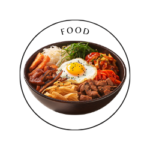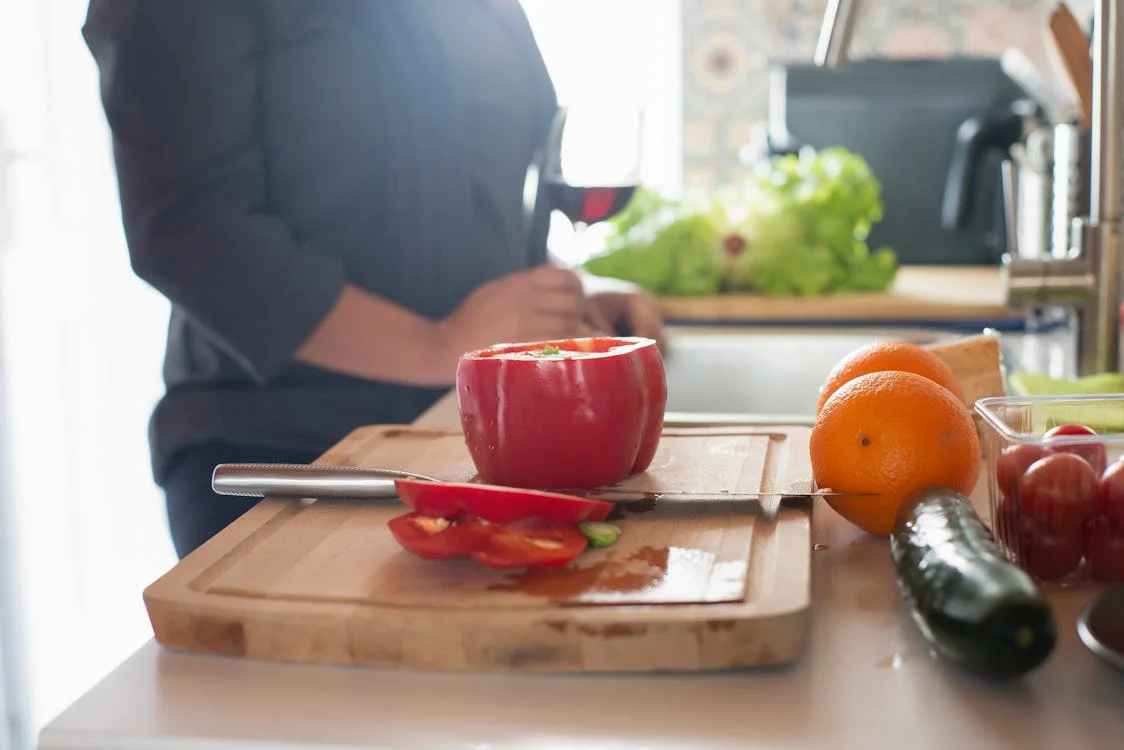 Mind
Mind
- Digital and Modern Well-being
- Mental Health and Emotional Well-being
- Mind-Body Connection and Holistic Health
- Parenting and Family
- Personal Growth and Development
- Relationships and Social Well-being
- Stress and Relaxation
- Therapeutic and Creative Practices
- Trauma and Recovery
- Work, Productivity, and Discipline
 Body
Body
 Fitness
Fitness
 Food
Food
 Beauty
Beauty
The Power of Portion Control

The Power of Portion Control: Tips to Avoid Overeating
In a world where oversized servings have become the norm, practicing portion control is essential for maintaining a healthy diet and preventing overeating. Understanding how much food your body truly needs can lead to improved health, weight management, and overall well-being. This guide will explore the importance of portion control and provide practical tips to help you manage your serving sizes effectively.
Why Portion Control Matters
1. Preventing Overeating
When we eat larger portions, we’re likely to consume more calories than our bodies require. This can lead to weight gain and associated health issues, such as obesity, heart disease, and diabetes. By controlling portions, you can better regulate your caloric intake and avoid overeating.
2. Enhancing Digestion
Overeating can overwhelm your digestive system, leading to discomfort, bloating, and indigestion. Eating appropriate portion sizes allows your digestive system to function optimally, promoting better nutrient absorption and reducing discomfort.
3. Promoting Mindful Eating
Practicing portion control encourages mindfulness during meals. When you pay attention to serving sizes, you become more aware of your hunger and satiety cues, fostering a healthier relationship with food.
4. Saving Money and Reducing Waste
By serving appropriate portions, you can make the most of your groceries, reducing food waste and saving money. This is especially beneficial in a time when many are looking to cut costs.
Tips for Practicing Portion Control
1. Understand Serving Sizes
Familiarize yourself with recommended serving sizes for different food groups. Here are some general guidelines:
- Fruits and Vegetables: Aim for 1 cup of raw vegetables or ½ cup of cooked vegetables per serving.
- Grains: A serving of cooked rice or pasta is typically about ½ cup, while a slice of bread counts as one serving.
- Proteins: A serving of meat, poultry, or fish is about the size of your palm (3-4 ounces).
- Dairy: A serving of cheese is about the size of a pair of dice (1-2 ounces), and a cup of yogurt is one serving.
2. Use Smaller Plates and Bowls
Research shows that using smaller dishes can help trick your brain into thinking you’re consuming more food than you are. Opt for smaller plates and bowls to naturally reduce your portion sizes without feeling deprived.
3. Fill Half Your Plate with Fruits and Vegetables
When planning your meals, aim to fill half your plate with fruits and vegetables. This not only boosts your nutrient intake but also helps you consume fewer calories, as these foods are generally lower in calories and high in fiber.
4. Serve Food in the Kitchen
Instead of placing serving dishes on the table, serve food in the kitchen and portion out individual servings. This reduces the temptation to go back for seconds or thirds during a meal.
5. Be Mindful While Eating
Practice mindful eating by focusing on your food during meals. Avoid distractions such as TV or smartphones, and take the time to savor each bite. This can help you recognize when you’re full and prevent overeating.
6. Listen to Your Body
Learn to identify your hunger and fullness cues. Before reaching for more food, ask yourself if you’re truly hungry or if you’re eating out of habit or boredom. Wait 20 minutes after your meal to see if you still feel hungry before going back for seconds.
7. Read Nutrition Labels
Understanding nutrition labels can help you gauge appropriate serving sizes. Pay attention to the serving size listed and adjust your portions accordingly, especially when consuming packaged foods.
8. Keep Healthy Snacks on Hand
Having healthy snacks available can prevent you from reaching for larger portions of unhealthy foods. Opt for fruits, vegetables, nuts, or yogurt as easy-to-grab options to satisfy hunger without excessive calories.
9. Prepare Meals Ahead of Time
Meal prepping can help you control portions by allowing you to pack balanced meals and snacks in advance. Use containers to portion out your meals and snacks for easy access during busy days.
10. Practice Portion Control in Restaurants
Dining out can pose a challenge for portion control, as restaurant servings are often oversized. Consider the following strategies:
- Share a meal: Split an entrée with a dining companion.
- Request a to-go box: Immediately pack half of your meal to enjoy later.
- Order appetizers as main dishes: Choose smaller portions from the appetizer menu to control your intake.
Conclusion
Portion control is a powerful tool in your journey towards healthier eating and overall wellness. By understanding serving sizes, being mindful of your meals, and implementing practical tips, you can effectively avoid overeating and promote a balanced diet. Remember, it’s not just about what you eat, but how much you eat. With these strategies in place, you can enjoy your meals while nurturing your body and mind.
Incorporating visual elements, such as portion size charts or infographics, could enhance this blog post and provide additional value to readers looking to understand portio
